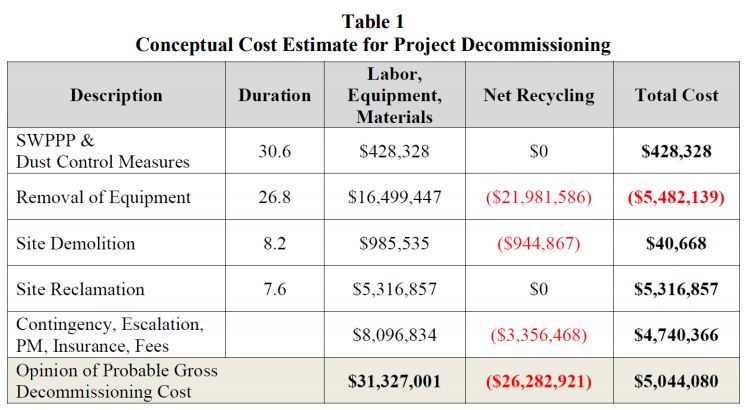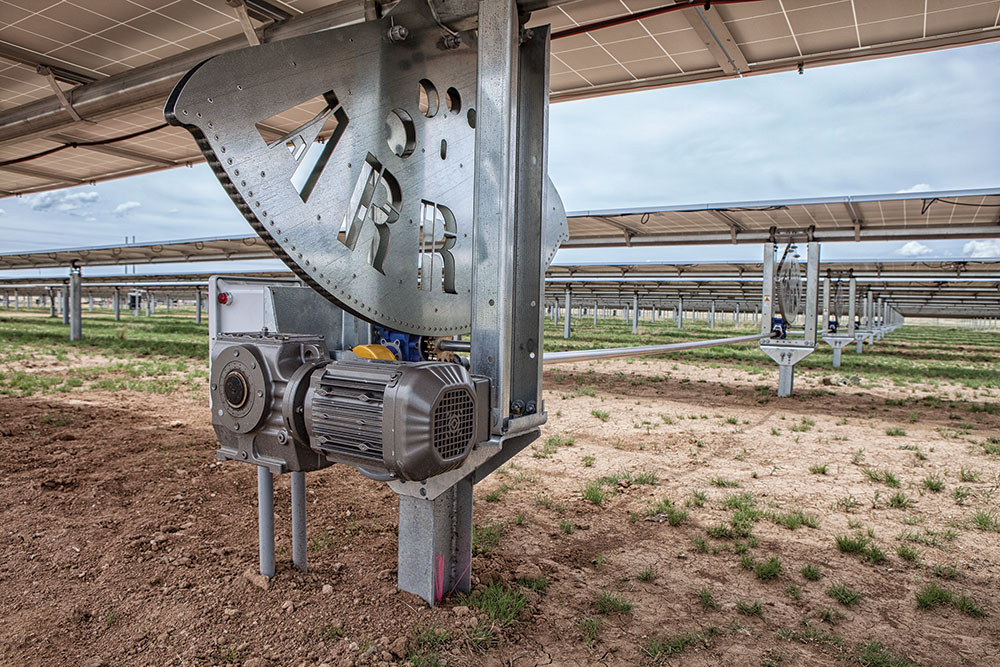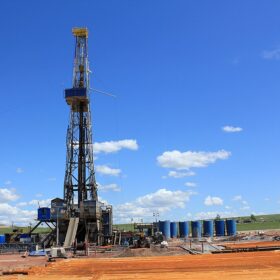As of last night the Pleinmont Solar facility, a 500 MW-AC plant under development by sPower in Spotsylvania County, has received approval from the Virginia State Corporation Commission to move forward. The case documentation (20 page PDF) touches on the broader challenges surrounding the project: Mostly an investigation into potential environmental effects on water and solar module toxicity – issues that the solar industry addressed long ago – but also interconnection and long-term financial health.
The projects will sit on 6,000 acres of land owned by sPower, of which 3,500 will be used for construction. Much of the site is cleared forest and timber land. The site is traversed by several logging roads and two transmission lines, including an east-west 115 kilovolt (“kV”) line and a north-south 500 kV line, which bisect the site. The electricity will be sold into the PJM Interconnection market, with Microsoft holding a contract for 315 MW.
![]()
sPower plans to deploy a combination of First Solar and Jinko Solar modules, which will be mounted on the DuraTrack HZ v3 single axis tracking racking system developed by Array Technologies.
As part of a documentation package submitted by sPower was a “worst case pile-driving noise scenario”. The company did a noise per distance analysis, with a great color coding tool.

Also included in this package was a project decommissioning analysis. The company suggested the project has a 35-year lifetime, and a $31 million decommissioning cost.

The 500 MW power plant will be owned by four unique special purpose vehicles (SPEs),
- Pleinmont Solar 1 – 75 MW
- Pleinmont Solar II – 240 MW
- Highlander Solar Energy Station 1 – 165 MW
- Richmond Spider Solar – 20 MW
Each of these SPEs are a wholly owned subsidiary of sPower Development Company, who itself is a wholly owned subsidiary of FTP Power.

sPower’s white paper also delved deeply into how toxicity is dealt with at a solar power plant. Specifically, the state asked questions about the materials inside of the First Solar portion of the installation. sPower noted that the molecular structure of cadmium (CdTe) used onsite isn’t water soluble, and that even if the modules were ground up into fine dust (not what happens when a module cracks),
Modelled worst-case scenarios are 3,000-7,000 times lower than Cd concentrations in commonly used fertilizers.
First Solar also has a dedicated recycling program for its modules, which ensures that such modules are highly unlikely to end up in the waste stream at the end of life. When a First Solar plant was hit by a tornado a few years back, the broken modules were collected and materials recycled – and the CdTe is now back in the field inside of new solar modules.
As the four plants are on one piece of land, this will be the largest solar project East of the Rocky Mountains when built, and one of the largest in the world.
This content is protected by copyright and may not be reused. If you want to cooperate with us and would like to reuse some of our content, please contact: editors@pv-magazine.com.









By submitting this form you agree to pv magazine using your data for the purposes of publishing your comment.
Your personal data will only be disclosed or otherwise transmitted to third parties for the purposes of spam filtering or if this is necessary for technical maintenance of the website. Any other transfer to third parties will not take place unless this is justified on the basis of applicable data protection regulations or if pv magazine is legally obliged to do so.
You may revoke this consent at any time with effect for the future, in which case your personal data will be deleted immediately. Otherwise, your data will be deleted if pv magazine has processed your request or the purpose of data storage is fulfilled.
Further information on data privacy can be found in our Data Protection Policy.